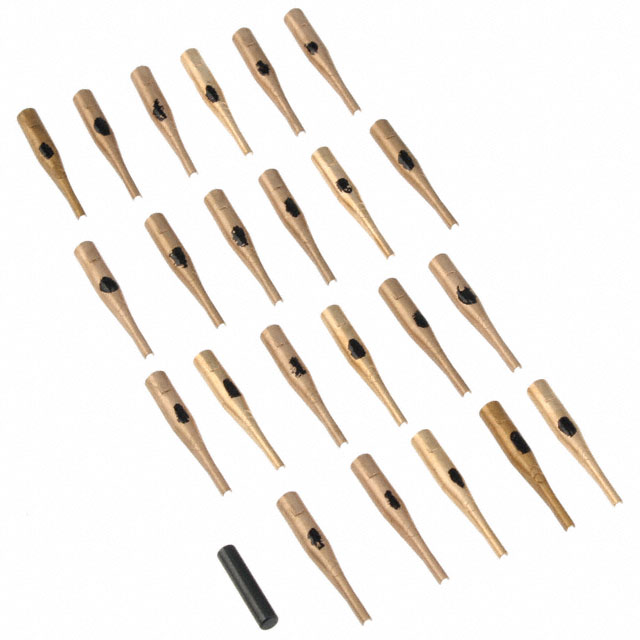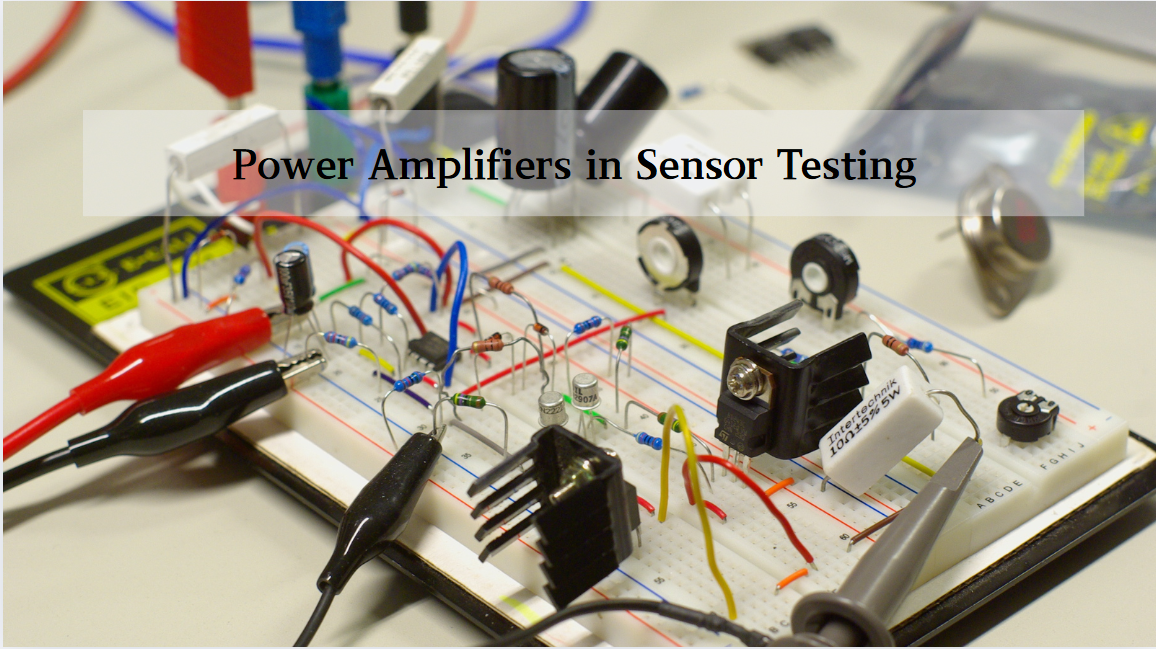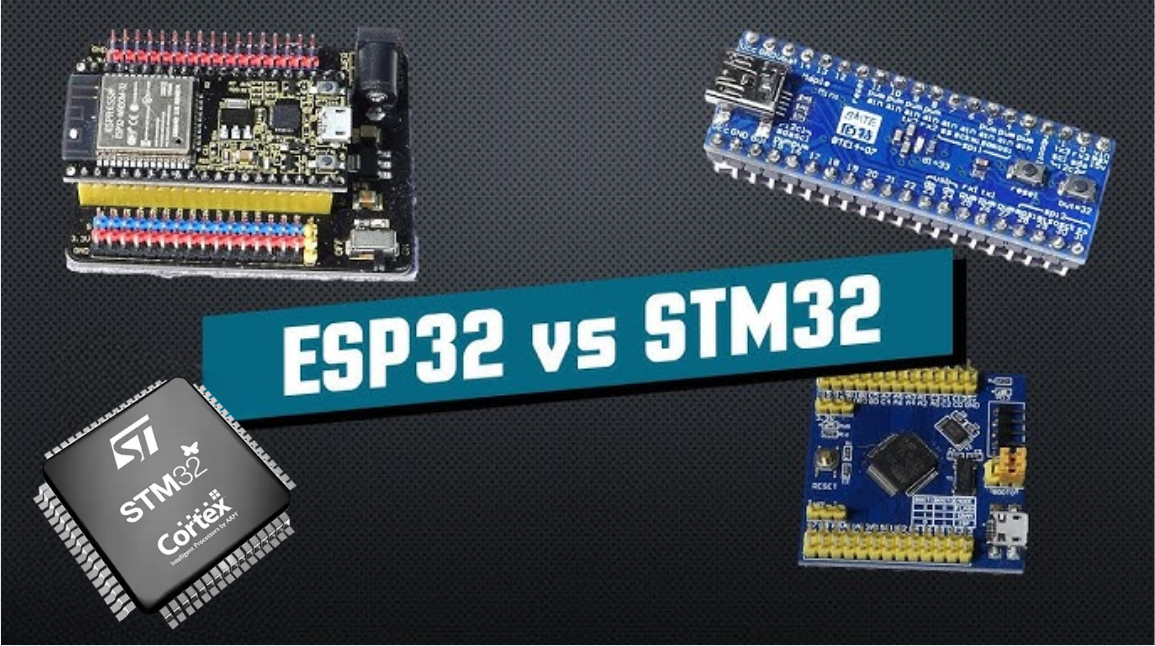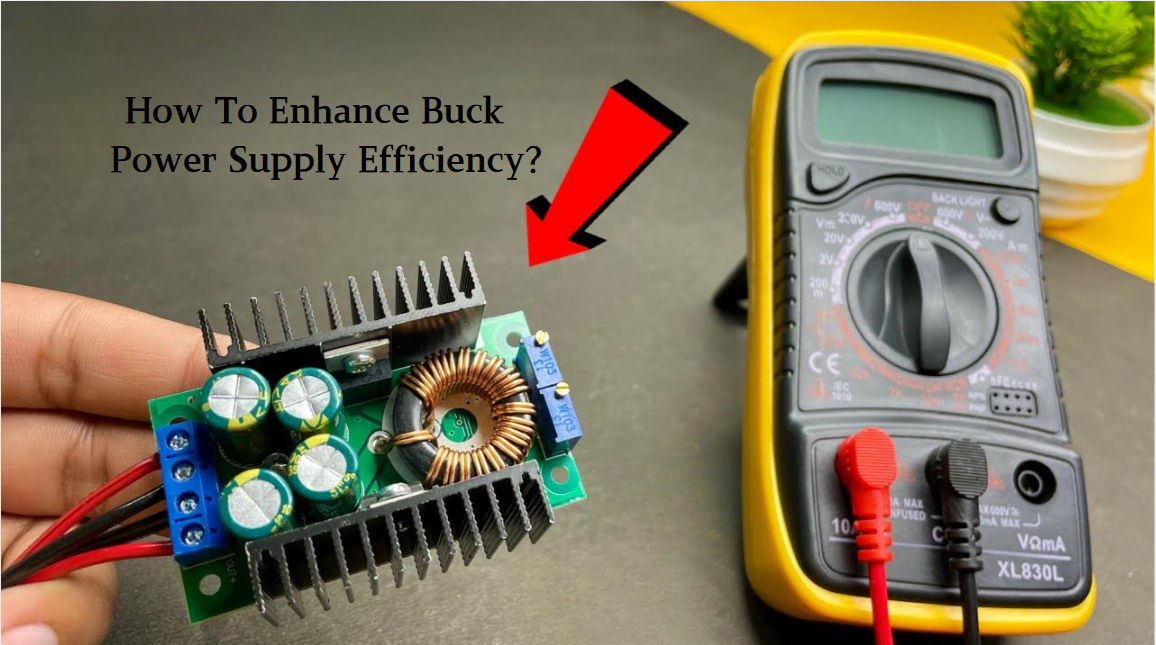

- RFQ
- BOM
-
Contact Us
Tel: +86-0755-83501315
Email: sales@sic-components.com
- Chinese
- English
- French
- German
- Portuguese
- Spanish
- Russian
- Japanese
- Korean
- Arabic
- Irish
- Greek
- Turkish
- Italian
- Danish
- Romanian
- Indonesian
- Czech
- Afrikaans
- Swedish
- Polish
- Basque
- Catalan
- Esperanto
- Hindi
- Lao
- Albanian
- Amharic
- Armenian
- Azerbaijani
- Belarusian
- Bengali
- Bosnian
- Bulgarian
- Cebuano
- Chichewa
- Corsican
- Croatian
- Dutch
- Estonian
- Filipino
- Finnish
- Frisian
- Galician
- Georgian
- Gujarati
- Haitian
- Hausa
- Hawaiian
- Hebrew
- Hmong
- Hungarian
- Icelandic
- Igbo
- Javanese
- Kannada
- Kazakh
- Khmer
- Kurdish
- Kyrgyz
- Latin
- Latvian
- Lithuanian
- Luxembou..
- Macedonian
- Malagasy
- Malay
- Malayalam
- Maltese
- Maori
- Marathi
- Mongolian
- Burmese
- Nepali
- Norwegian
- Pashto
- Persian
- Punjabi
- Serbian
- Sesotho
- Sinhala
- Slovak
- Slovenian
- Somali
- Samoan
- Scots Gaelic
- Shona
- Sindhi
- Sundanese
- Swahili
- Tajik
- Tamil
- Telugu
- Thai
- Ukrainian
- Urdu
- Uzbek
- Vietnamese
- Welsh
- Xhosa
- Yiddish
- Yoruba
- Zulu
- Kinyarwanda
- Tatar
- Oriya
- Turkmen
- Uyghur
What are the electronic components ICs?
In the current context of continuous innovation in the automotive industry, power electronics technology serves as a solid cornerstone, deeply embedded in the development of the automotive industry. It is like the intelligent brain for managing electrical energy within vehicles, enabling precise and efficient control and conversion of electrical energy. Its influence extends across various types of vehicles, from traditional internal combustion engine (ICE) vehicles to cutting-edge electric vehicles (EVs) and hybrid electric vehicles (HEVs), and it has become one of the core elements driving the advancement of automotive technology.
Diverse Applications in Different Vehicle Types
In the Field of Traditional Internal Combustion Engine Vehicles
In the system of traditional ICE vehicles, power electronics technology has long been well-established. Take the ignition system as an example. This system, with the aid of power electronic components, can accurately control the timing to generate high-voltage sparks. These sparks are like the "seeds" that ignite the engine's power, timely detonating the carefully mixed air-fuel mixture in the engine cylinders, making the combustion process more complete and efficient. Such precise control brings about many positive effects. On the one hand, it improves fuel economy, allowing the vehicle to "consume less fuel and travel a longer distance" during driving. On the other hand, it effectively reduces exhaust emissions, contributing to environmental protection. Regarding the alternator, when the engine is running, it undertakes the important task of charging the vehicle's battery. Thanks to the advanced voltage regulator derived from power electronics technology, the alternator can maintain a stable output voltage even in the face of frequent fluctuations in engine speed. It is like a reliable power supply guard, ensuring that the vehicle's electrical system can always obtain a stable and reliable power supply, thus ensuring the normal operation of various in-vehicle electronic devices.
In the Realm of Hybrid Electric Vehicles
Hybrid electric vehicles combine internal combustion engines, electric motors, and battery systems, resulting in a relatively complex structure. Here, power electronics technology plays a crucial "coordinator" role, serving as a bridge between different power sources. The traction inverter, as a core power electronic component, performs the magical "electrical energy conversion trick". When the vehicle is driving normally, it can skillfully convert the direct current (DC) stored in the battery into alternating current (AC) to power the electric motor and drive the vehicle forward. In the regenerative braking stage, the situation is reversed. At this time, the electric motor transforms into a generator, and the traction inverter quickly converts the AC generated by the motor back into DC to recharge the battery. This two-way and flexible power flow management mode greatly taps into the potential of energy utilization and significantly improves the overall energy efficiency of HEVs. In addition, the DC-DC converter is also indispensable in the vehicle. It steps down the high-voltage DC output from the battery to an appropriate low voltage, providing suitable power for the vehicle's low-voltage electrical systems, such as the brilliant vehicle lights, the feature-rich infotainment system, and the sensors that constantly monitor the vehicle's status, ensuring the stable operation of these systems.
In the Scenario of Pure Electric Vehicles
For pure electric vehicles, the importance of power electronics technology is self-evident. It is the "vital key" to the efficient operation of the entire vehicle propulsion system. The on-board charger, as a key device connecting the external power source and the vehicle's battery, is a complex power electronic device that integrates multiple advanced technologies. It needs to have strong adaptability to be compatible with different charging standards and diverse power levels around the world. At the same time, during the charging process, it must strictly comply with safety regulations to ensure the efficient and stable conversion of AC into DC and inject energy into the vehicle's high-voltage battery. Considering the traction drive system, which is composed of the traction inverter and the electric motor, this combination directly determines the performance of the electric vehicle, including whether the vehicle's acceleration performance is vigorous, whether the driving speed can meet the requirements, and the length of the driving range. The application of advanced power electronics technology in the traction inverter can finely adjust the operating state of the electric motor, minimizing power losses and making the process of converting electrical energy into mechanical energy more efficient, thereby enhancing the overall performance and driving range of the vehicle.
Key Power Electronic Devices and Their Unique Efficiencies
Insulated Gate Bipolar Transistors (IGBTs)
IGBTs are the "star devices" in the field of automotive power electronics, especially in high-power application scenarios such as traction inverters, where they hold a pivotal position. It skillfully combines the advantageous characteristics of bipolar junction transistors (BJTs) and metal-oxide-semiconductor field-effect transistors (MOSFETs). This enables IGBTs to have strong current and voltage carrying capacities, easily coping with the high-voltage and high-current conditions required when driving electric motors in electric vehicles and hybrid electric vehicles. Meanwhile, its fast switching speed is also a significant advantage. During frequent electrical energy conversion processes, it can effectively reduce power losses and improve power conversion efficiency, just like an efficient power "transporter", enabling electrical energy to flow efficiently within the system.
Metal-Oxide-Semiconductor Field-Effect Transistors (MOSFETs)
MOSFETs are mainly active in low-voltage and high-frequency application scenarios within automotive electrical systems. In power management circuits, especially in DC-DC converters, MOSFETs play a key role. It has the prominent characteristic of low on-resistance, resulting in extremely low power losses when current passes through. This characteristic is of great significance for ensuring the efficient operation of the vehicle's low-voltage electrical systems. For example, in the vehicle's interior lighting system, the use of MOSFETs can provide sufficient brightness while minimizing power consumption. For the electronic control unit (ECU), the low-loss characteristic of MOSFETs helps maintain its stable and efficient operation, ensuring the accurate execution of various vehicle electronic control functions.
Power Integrated Circuits (ICs)
Power ICs are the "integration masters" in the field of automotive power electronics. They integrate multiple practical functions onto a small chip, providing a compact and highly integrated solution for automotive power electronics systems. These functions cover various aspects such as power management, precise motor control, and circuit protection. Taking the modern automotive lighting system as an example, power ICs can precisely control the brightness and dimming effects of LED lights, creating a comfortable lighting environment for drivers. More importantly, it also has a keen monitoring ability to detect abnormal situations such as overvoltage, overcurrent, and short circuits in the circuit in real time and quickly activate the protection mechanism to prevent damage to the vehicle's electrical system caused by circuit failures, greatly enhancing the reliability of the lighting system and the entire vehicle electrical system.
Challenges and Coping Strategies
The Thorny Problem of Thermal Management
Thermal management is a major "obstacle" on the development path of automotive power electronics technology. During operation, especially when handling high-power tasks, power electronic devices will inevitably generate a large amount of heat. If this heat cannot be dissipated in a timely and effective manner, it will affect the performance of the devices like "having a fever", and even reduce their reliability and shorten their service life. To overcome this problem, the industry has adopted a series of advanced cooling technologies. Among them, liquid-cooled heat sinks have become a reliable assistant for dissipating heat from high-power components. For example, the IGBT module in the traction inverter is usually equipped with a liquid-cooled heat sink. This heat sink uses a coolant, typically a liquid mixture of water and ethylene glycol in a specific ratio, and with its good thermal conductivity, it quickly absorbs and transfers the heat generated by the IGBT. In addition, at the product design stage, with the help of advanced thermal modeling and simulation tools, engineers can accurately simulate the heat distribution of the power electronics system, thereby optimizing the system layout and reasonably planning the cooling path to ensure that the entire system can always operate within an appropriate temperature range while operating efficiently.
Stringent Electromagnetic Compatibility Requirements
Automotive power electronics systems must meet extremely strict electromagnetic compatibility standards. During the high-frequency switching operation of power electronic devices, electromagnetic interference (EMI) will be generated. These interference signals are like invisible "noise", which may seriously interfere with the normal operation of other electronic components in the vehicle. For example, the radio may produce noise, the navigation system signal may be interrupted, and the data of safety sensors may deviate. To reduce the impact of EMI, the industry has taken various countermeasures. On the one hand, shielding technology is adopted. Special materials such as conductive plastics and metal foils are used to wrap power electronic components and circuits, constructing a solid electromagnetic barrier to block the outward propagation of interference signals. On the other hand, filter circuits are carefully designed and integrated into the system. These circuits are like "signal filters", which can effectively suppress high-frequency noise, ensuring that the power electronics system will not have an adverse impact on other vehicle electronic devices during operation and ensuring the harmonious and stable operation of the entire vehicle electrical system.
Outlook on Future Development Trends
Innovation Led by Wide-Bandgap Semiconductors
The future development of automotive power electronics technology will largely be dominated by wide-bandgap semiconductor materials, among which silicon carbide (SiC) and gallium nitride (GaN) have attracted much attention. Compared with traditional silicon-based semiconductors, they exhibit many superior properties. Taking SiC as an example, it has a higher thermal conductivity, which means that under the same conditions, it can dissipate heat more quickly and efficiently, allowing devices to operate stably in a higher-temperature environment. At the same time, SiC also has a higher breakdown voltage, which enables engineers to design more efficient power converters to easily meet the work requirements of higher voltages. GaN, on the other hand, stands out with its extremely fast switching speed. This advantage can significantly increase the power density of power electronics systems, reduce power losses, and enable the system to achieve more powerful functions in a smaller space. It can be predicted that with the widespread application of these wide-bandgap semiconductor materials, automotive power systems will usher in a revolutionary change, becoming more compact, lightweight, and efficient.
Continuous Evolution of Integration and Miniaturization
Currently, automotive power electronic components are firmly moving towards the direction of integration and miniaturization. By integrating multiple functional modules into a single chip or module, automotive manufacturers can significantly reduce the volume and weight of power electronics systems and, at the same time, lower production costs. This integrated design not only reduces the complex interconnection lines within the system, reducing line resistance and signal transmission losses, but also reduces potential failure points, effectively improving the reliability and overall performance of the system. For example, integrated power modules that integrate IGBTs, diodes, and gate drivers in the same package have become increasingly popular in the market in recent years. In addition, the application of advanced packaging technologies, such as 3D packaging technology, further expands the design space for power electronics, enabling electronic components to achieve a closer and more efficient layout within a limited space, injecting new vitality into the miniaturization and high-performance development of automotive power electronics systems.
Emergence of Intelligence and Adaptive Control
With the increasing complexity of vehicle electrical systems and the growing demand for energy management efficiency, intelligence and adaptive control have become new trends in the development of automotive power electronics technology. Modern power electronics systems are like intelligent "automotive butlers" that can real-time monitor many key parameters, including the state of charge of the battery, the operating temperature of the motor, and the driving speed of the vehicle. Based on this rich data, the system can flexibly and intelligently adjust the power flow and control strategies. Taking electric vehicles as an example, the intelligent power management system can dynamically optimize the charging and discharging process of the battery according to the actual driving conditions of the vehicle, such as different scenarios of urban congestion and highway driving, as well as the driving habits of the driver, such as sudden acceleration and slow driving, thereby maximizing the driving range of the vehicle and improving energy utilization efficiency. At the same time, adaptive control algorithms can keenly sense the subtle changes in component characteristics over time or under different environmental conditions and automatically adjust and compensate to ensure that the power electronics system can always maintain stable and efficient performance under various complex working conditions.
Conclusion
Automotive power electronics technology, as the core driving force for the development of the current automotive industry, is in the process of rapid innovation. From improving the energy efficiency of traditional ICE vehicles to facilitating the vigorous development of electric vehicles and hybrid electric vehicles, it plays an irreplaceable key role in every link of vehicle electrification. Although there are many challenges on the way forward, such as thermal management and electromagnetic compatibility, the continuous emergence of innovative solutions in the industry brings hope for technological breakthroughs. Looking ahead, cutting-edge trends such as wide-bandgap semiconductors, integration and miniaturization, and intelligence and adaptive control will surely lead automotive power electronics technology to new heights, promoting the automotive industry to move forward in a more sustainable, efficient, and intelligent direction and bringing people a higher-quality, more environmentally friendly, and intelligent travel experience.
https://www.sic-components.com/category-all

Hot Products
View MoreRelated Blogs

2000+
Daily average RFQ Volume

30,000,000
Standard Product Unit

2800+
Worldwide Manufacturers

15,000 m2
In-stock Warehouse















 Wishlist (0 Items)
Wishlist (0 Items)